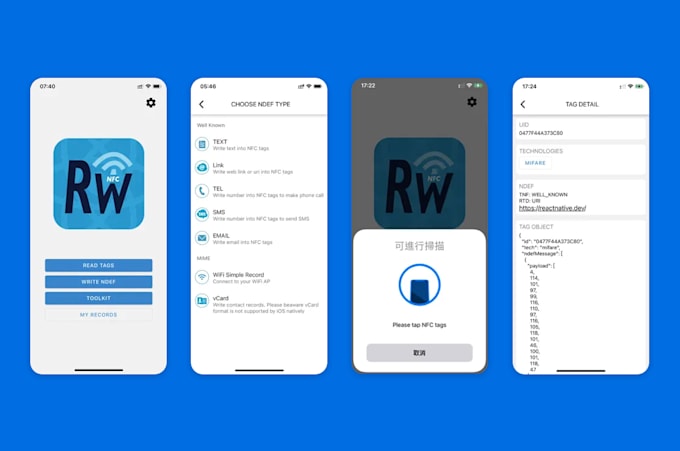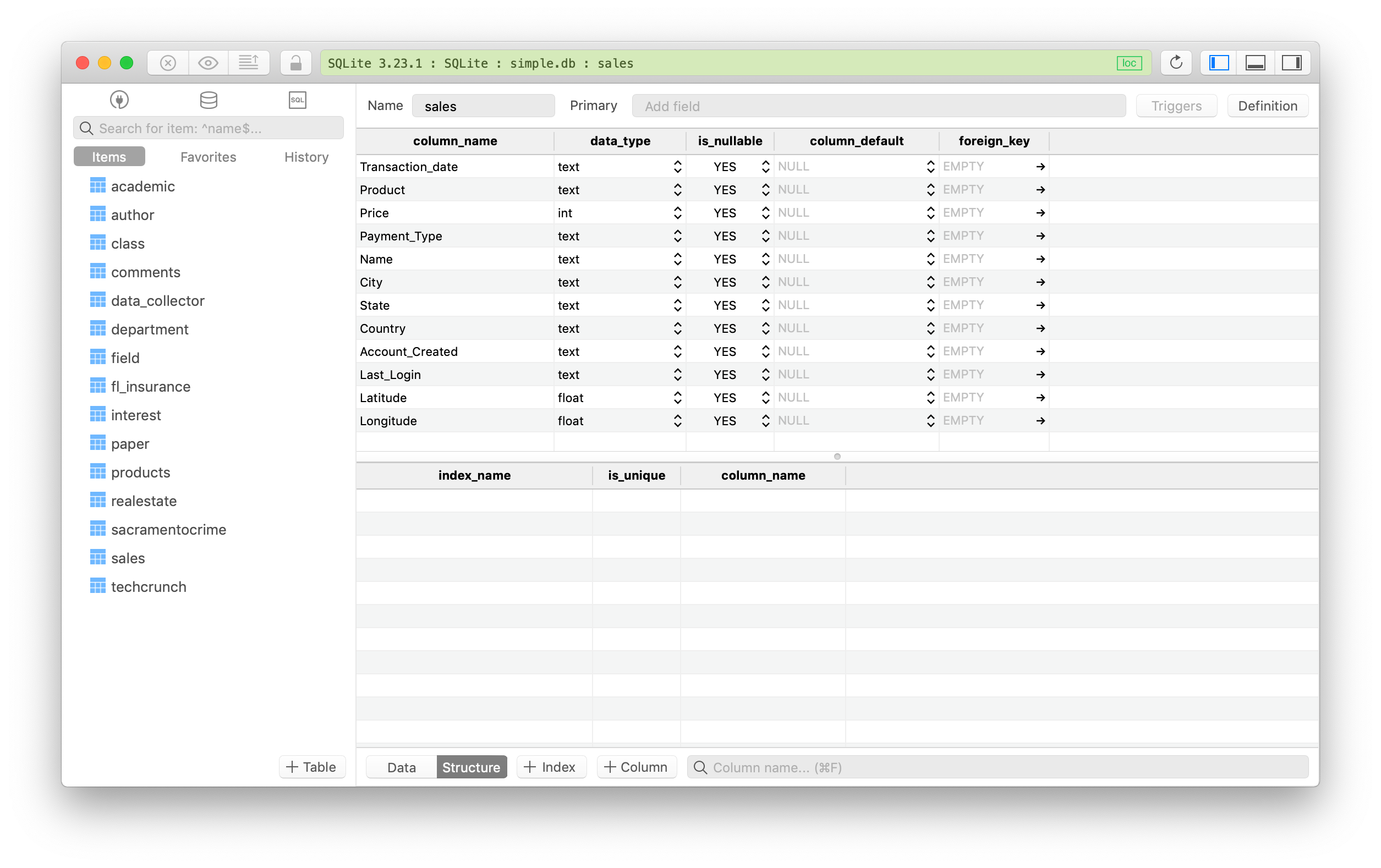

- #READING AND WRITING DATA IN DB SQLITE IOS HOW TO#
- #READING AND WRITING DATA IN DB SQLITE IOS SOFTWARE#
- #READING AND WRITING DATA IN DB SQLITE IOS CODE#
#READING AND WRITING DATA IN DB SQLITE IOS CODE#
This binary contains all the functionality for the SQLite code you’ll write in this tutorial. Note: The project is in an Xcode workspace because it uses the SQLite3 dependency as an embedded binary. This will give you a basic understanding of how underlying frameworks work within a wrapper. :]įinally, you’ll briefly learn about the popular open-source Swift wrapper SQLite.swift. This will let you write abstraction APIs for your apps and avoid working with the more complicated SQLite C APIs.
#READING AND WRITING DATA IN DB SQLITE IOS HOW TO#
In this SQLite with Swift tutorial, you’ll learn how to perform the following database operations:Īfter learning how to perform these fundamental operations, you’ll see how to wrap them in a Swift-like manner. Core Data is just a layer on top of SQLite that provides a more convenient API. In fact, if you’ve used Core Data before, you’ve already used SQLite. But how do you store those structures efficiently?įortunately, some great minds have developed solutions for storing structured data in databases and writing language features to access that data. Often, this comes in the form of data structures.
#READING AND WRITING DATA IN DB SQLITE IOS SOFTWARE#
In software development, it doesn’t take long before you need to persist app data. PLEASE HELP TO TEST THE APPLICATION ON THE IPHONE.Update note: Adam Rush updated this tutorial to Xcode 11, iOS 13 and Swift 5. but it keeps giving me the error, and it's only on the physical device. I have tried to run the application on an iPhone physically, and the database cannot be found.Īnd I'm desperate because I don't know what to do, I just have to try on physical devices to upload the application, if it works, to the apple store. Self.present(alertController, animated: true, completion: nil) alert)ĪlertController.addAction(UIAlertAction(title: NSLocalizedString("OK", comment: "Default Action"), style. Let alertController = UIAlertController(title: "Information", message: "Error. Let dbFile = (forResource: "Database.sqlite", withExtension: nil)! if sqlite3_open(dbFile.path, &DataBase) != SQLITE_OK I have tried what you indicate in the image and I have used the code I have had the flu and I have not been able to recover until today. In addition to that if you specify "Application supports iTunes file sharing: true" in the project's plist file you'll be able to import / export that file from your app when you connect your iPhone to the computer (Devices → your device → Your app → Files tab) - might be convenient for debugging, or as a user feature. Let sourceFile = (forResource: "database.db", withExtension: nil)!

userDomainMask, true)į(atPath: path)ĭbFile = ("database.db") Let array = NSSearchPathForDirectoriesInDomains(.documentDirectory. after that point your code to use DB in the document folder location.on app startup check Documents folder location (e.g./Documents/database.db)Ģ.a if the file is not there - copy it from your bundle locationĢ.b if the file is already there - it was already copied (on previous app launches), do nothing.put your DB file in Xcode project normally, make sure it gets into the resulting binary (check Target Membership property of that file).If that's the case I'd do something like this: If I understand your task correctly - your database is writeable (not just used for read-only queries).


 0 kommentar(er)
0 kommentar(er)
